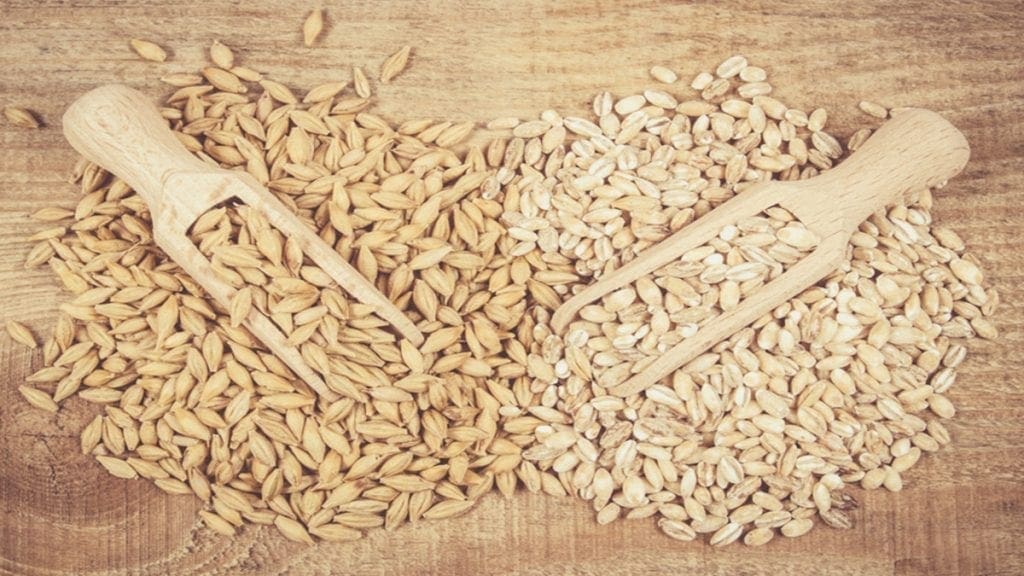ALGERIA – Algeria’s import bill for cereals rose by 2.46 percent in the first quarter of 2020 reaching US$629.50 million compared to US$614.39 million of 2019.
The imports included durum and common wheat at US$346.19 million) and corn at (US$223.18 million).
Like other countries around the world affected by COVID-19, in the beginning of the crisis, Algerian consumers rushed to purchase staple foods.
Subsequently, the government encountered the impact of supply chain disruptions as mills increased their production to meet the increased market demand.
The Algerian Office of Cereals (OAIC), which both imports and buys domestic grains and is the main supplier to domestic processors, was forced to purchas cereals on the international market to build up necessary stocks.
The Global Agricultural Information Network report by the U.S. Department of Agriculture (USDA) forecast that wheat imports in 2020/2021 will be 5 million metric tons.
This is despite the Algerian government’s establishment of an upper import limit of 4 million metric tons of common wheat per year compared to 6 million metric tons usually imported as well as the overall policy to reduce imports.
The move was triggered by the decline in oil prices, leading to Algeria pledging to diversify the economy outside of the energy sector and control spending to offset the drop in energy earnings.
To this end opportunities are opening to foreign investment following the publication of the FY2020 Supplemental Finance Act’s revision on the scope of the partnership rule (49/51 percent).
The government is encouraging large-scale agricultural investments in the Highlands and the “Sahara” (South of Algeria) particularly in the field of cereals, oilseeds, and sugar productions.
Also, the government’s aim to educate consumers to decrease consumption of bread to avoid waste and decrease demand for common wheat and thus reduce its imports. Wheat consumption in 2020/2021 is forecasted at 10,700 million metric tons against production of 3.9 million metric tons.
Barley is consumed mainly as grain in animal feed by sheep, cattle, and camels, with small amounts consumed as green fodder, and minor amounts used for traditional foods. Algeria’s breweries consume small amounts of barley, generally imported from Europe.
The OAIC is said to have built large stocks of barley and can easily supply farmers until the next season. Total barley consumption is forecasted to be at 2 million metric tons for 2020/21 against production of 1m metric tons.
Liked this article? Subscribe to Food Business Africa News, our regular email newsletters with the latest news insights from Africa and the World’s food and agro industry. SUBSCRIBE HERE










